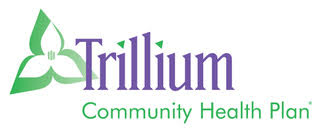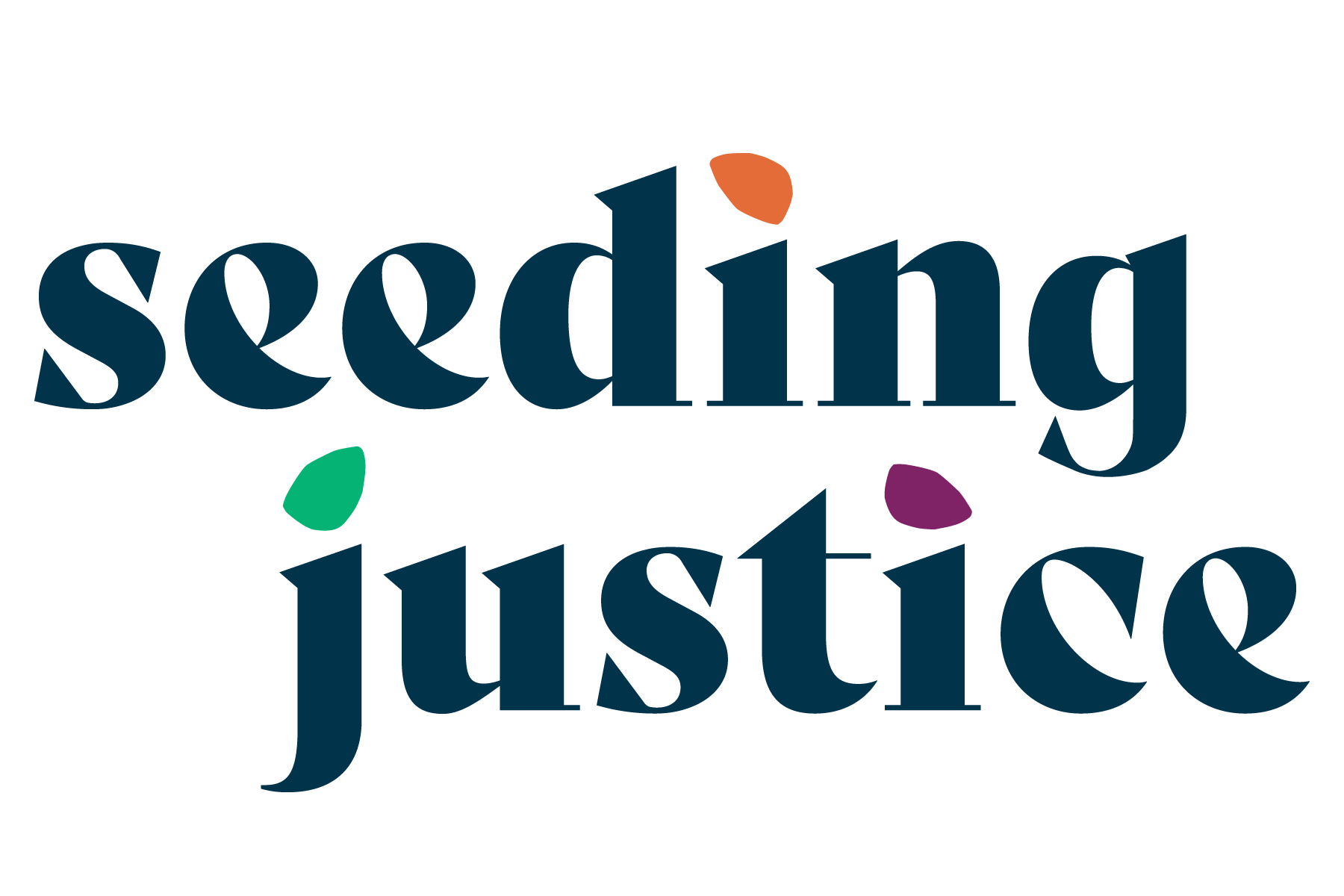There will always be people who need a little more help navigating the system. Children, people experiencing homelessness or mental illness, and Oregonians who were raised in different cultures or speak languages other than English are examples. Today, Oregon’s network of safety net clinics and providers often meet those needs.
Franklin Delano Roosevelt said “The test of our progress is not whether we add more to the abundance of those who have much; it is whether we provide enough for those who have too little.”
The presence of a safety net clinic in an Oregon community improves access to medical services, especially for those who are uninsured or enrolled in the Oregon Health Plan. Oregon’s health care safety net is comprised of a broad range of local non-profit organizations, government agencies, and individual providers who share the common mission of delivering health care to people who experience barriers to accessing needed health care services.
Health care safety net clinics provide primary health care and preventive services regardless of a person’s ability to pay. They are often recognized for their culturally and linguistically appropriate services and ability to serve underserved communities.
Safety net clinics include, but are not limited to:
- Rural Health Clinics
- Federally Qualified Health Centers
- Indian and Tribal Health Clinics
- School Based Health Centers
- Public Health Departments
- Community Based Health Clinics
In the past year almost 250,000 people were served by safety net clinics – providing medical, dental, mental health and other supportive services. Oregonians turn to the safety net because they know they will receive quality care, respect, and a sense of belonging in the community.
Forty-four percent of the patients seen by safety net clinics in 2004 were uninsured, 40% were on Medicaid, 5.5% on Medicare and almost 10% were privately insured.
There are creative community models across Oregon to learn from and build upon. Our state and nation grow richer in language and cultural diversity every year. Preparing for a future that can meet the needs of such diverse populations will enhance our education, businesses and communities.
__________________
Other options for information:
1) Still trying to learn the lingo? Check out this set of of resources to help keep you in the loop.
2) If there is something else you want to know about send us a question here.










Recent Comments